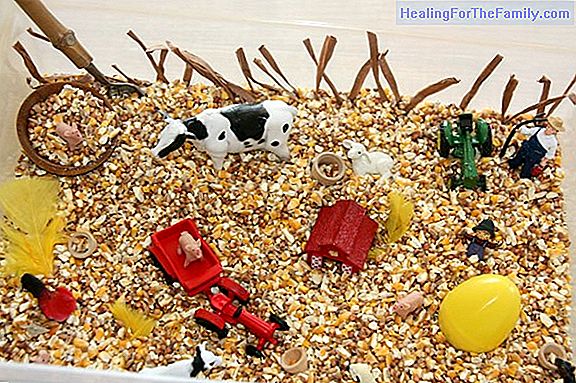Return to breastfeeding after weaning
When for some reason breastfeeding has been interrupted (for example by a disease of the child or the mother) and then you want to continue breastfeeding, or if you have decided to breastfeed After having started artificial lactation, you can go back to exclusive breastfeeding, what is called relact
When for some reason breastfeeding has been interrupted (for example by a disease of the child or the mother) and then you want to continue breastfeeding, or if you have decided to breastfeed After having started artificial lactation, you can go back to exclusive breastfeeding, what is called relactation. We explain how you can get a return to breastfeeding after weaning.
What is the relactancia or return to breastfeeding after weaning

Before starting the process of relactation, whose duration will be different depending on the case, we should try to know what were the causes that made breastfeeding difficult initially, such as factors that can reduce the child's breast suction (pacifiers, bottles) or decrease the mother's milk production (contraceptives with estrogen).
The mother has to stimulate breast production, for which the milk must be extracted either manually or mechanically, with a correct position of the baby when sucking, and favoring skin-to-skin contact. While increasing production, the baby should receive artificial milk supplements to maintain proper nutrition and hydration, but without using a bottle. You can use a cup or glass, syringe, spoon or a relactator placed on the chest that allows you to suck while taking the supplement. These supplements will be phased out.
What to do to return the baby to breastfeeding
The child must suck the breast correctly, and this can vary if the child does not want to suckle, or if he is very old and has forgotten the mechanics of breastfeeding (suckling in different ways breast or bottle), if it has been a long time since you stopped breastfeeding, if you have been bottle-fed. In these cases, the time needed to complete the relactation is quite long.
It is highly advisable to consult with a Breastfeeding Support Group or a Breastfeeding Consultant, to set up a plan adapted to each mother and child. As a general guide, the baby should be put to the breast frequently, as often as you can, that is every 1-2 hours if possible, at least 8-12 times a day.
Throughout this process should monitor the child's progress, especially weight gain (weighing the baby once a week), urine (must wet 6 or more diapers a day, with clear urine, diluted), make soft stools ( the frequency may vary). All these parameters will indicate if the relaction is being adequate. The child will be taking fewer and fewer supplements and more breast milk.












